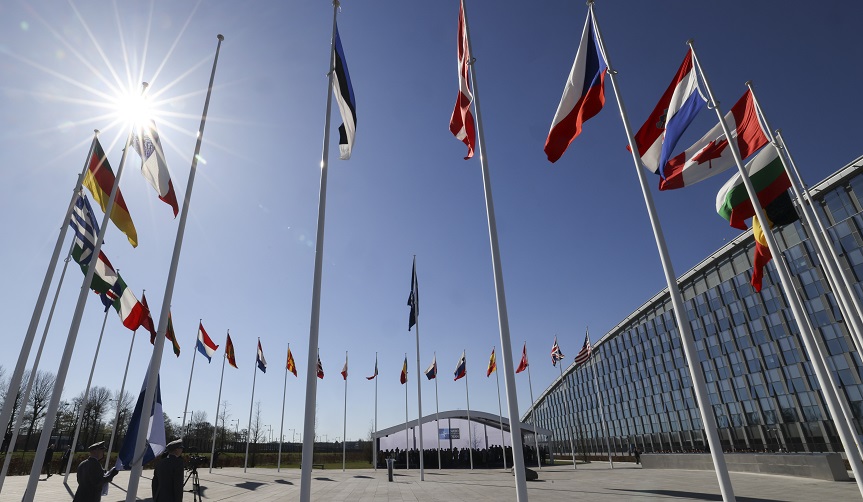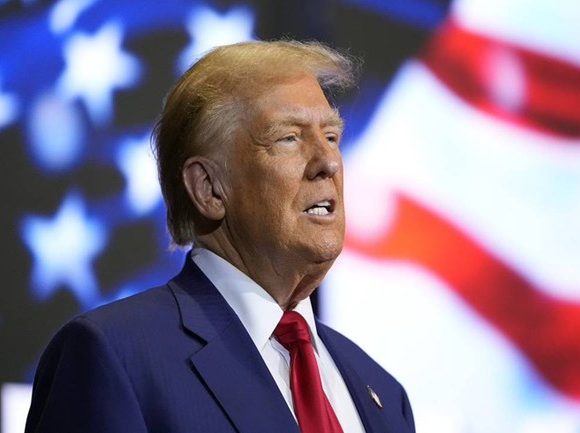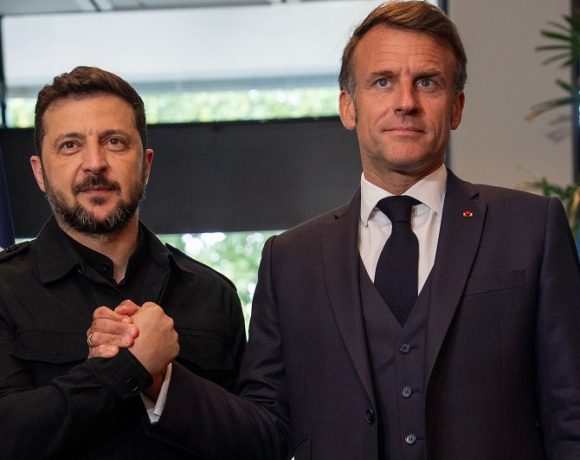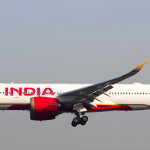
NATO Pledges 5% Defence Spending Amid Rising Global Threats
In a landmark declaration at The Hague summit, NATO’s 32 member nations have collectively agreed to raise their annual defence spending to 5% of GDP by 2035, signalling the most ambitious military commitment in the alliance’s post–Cold War history. The decision reflects mounting security concerns, especially in the wake of sustained tensions with Russia and increasing demands for regional burden-sharing.
NATO Spending
The final declaration outlines that 3.5% of GDP will be allocated specifically for core defence activities such as military personnel, operations, equipment, and logistics. An additional 1.5% is to be directed toward broader security objectives, including cybersecurity, resilient infrastructure, and industrial supply chains. Progress toward the target will be formally reviewed in 2029.
The move came amid strong pressure from the United States, with President Donald Trump hailing the agreement as a “great victory” and asserting that his consistent demands had finally led to concrete commitments. However, the consensus was not entirely smooth. Spain openly refused to meet the 5% threshold, citing economic constraints, while countries like Belgium and Slovakia also voiced reservations. Spain’s final commitment remained just above 2%, prompting concerns about equitable burden-sharing.
Collective Defence Reaffirmed
Alongside the fiscal commitment, NATO leaders reiterated their unwavering support for Article 5 of the North Atlantic Treaty, which ensures that an attack on one member is considered an attack on all. NATO Secretary-General Mark Rutte described the outcome as “transformational,” noting that collective security is now backed by a measurable and binding roadmap.
The summit also reinforced NATO’s backing of Ukraine, with promises of continued logistical and strategic support as Kyiv remains a priority partner amidst ongoing regional instability.
Strategic Shift and Execution Challenges
The 5% target marks a clear pivot toward greater European and Canadian responsibility within NATO, especially as U.S. global strategic priorities begin to shift toward the Indo-Pacific and Middle East. The commitment represents over €100 billion in additional defence expenditure annually across Europe alone. Implementation, however, will require political resolve and sustained budgeting amid economic headwinds.
Internal discussions during the summit also focused on enhancing defence-industrial capacity, joint procurement mechanisms, and contingency planning for potential future conflicts that may not involve direct U.S. participation.
While the Hague summit achieved broad agreement, the real test lies ahead. The 2029 review will be crucial in determining whether NATO’s pledge translates into real capabilities and whether alliance unity can be maintained in the face of national differences. The summit has set a high bar; now the challenge is to meet it.


















